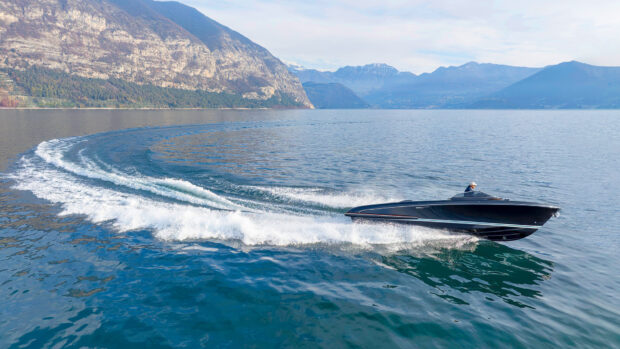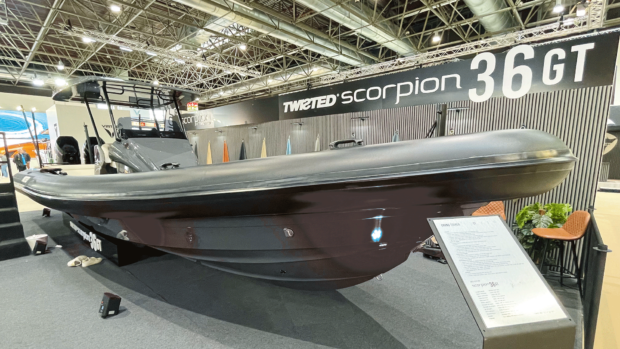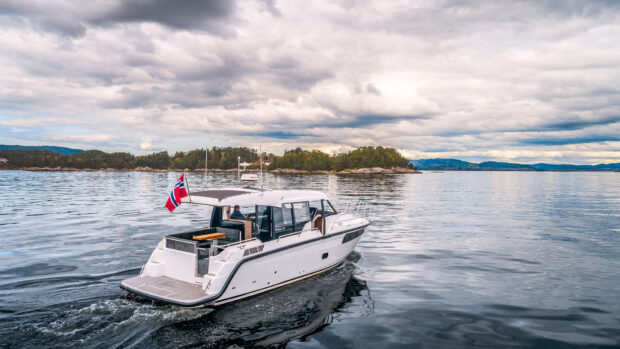Make the trip over to the Channel Islands or France can be a very rewarding experience. Peter Cumberlidge shares his extensive knowledge of this open-sea passage
While local weekend jaunts are enjoyable, there’s something about an open-sea passage abroad that feels like proper cruising. Yet there’s a crucial difference between coast-hopping and being out of sight of land even for a few hours, especially for inexperienced navigators.
The main anxiety is being caught offshore by worsening weather. All skippers worry about this, but first-timers can’t help wondering whether the gods are just waiting for a chance to pounce with a freshening wind or creeping fog. You may also be nervous about crossing the shipping lanes.
Passage planning helps put these fears in perspective, not necessarily military style planning but clearly assessing the complications that could arise at sea and devising strategies to deal with them. For a stress-free trip you need a carefully prepared boat, a well-briefed crew and a route plan detailed enough that it almost seems as if you’ve made the passage already. Ideally, you want a quiet day with good visibility.
Our planning ‘plan’
The first schematic chart (see above) shows cross-Channel tracks and distances from different departure points, with waypoints at either end. The second chart (see below) recommends onward routes for exploring the Channel Islands area. Important strategic questions include weather constraints, forecast sources, sea state and making best use of tides. Shipping lanes require focused attention but are rarely as difficult in practice as they are in prospect. You also need some contingency tactics ready in case of deteriorating weather.
Apprehension before departure is quite normal, but if the forecast looks OK the great thing about passages is to set off! After a while, if conditions are fair, any nervousness will ease as you settle into the routine of monitoring your position and avoiding ships and fishing boats.
When you spot a smudge of foreign land, you can savour the satisfaction of mariners through the ages who have braved the elements, been edgy along the way but finally reached a strange exotic shore. And to be moored in a French or Channel Island harbour at the end of the day is a sensation that never palls.
Waypoint and route planning
Waypoints and routes should be set up well in advance. Your departure point can be some handy outer buoy easily reached by eye, but for arriving it makes sense to enter waypoints virtually to your visitor’s pontoon, in case of murky visibility on the day.
For a crossing to Guernsey, for example, arrival waypoints should continue right down the Little Russel to St Peter Port pierheads. The Channel Islands are notorious for summer fogs, but with a detailed route set up it’s not difficult to approach Guernsey in thick conditions. For a Cherbourg landfall, set waypoints inside the main breakwater, to take you across the Grande Rade and into the marina.
Neaps are generally best for Channel crossings, to reduce the risk of steep wind-over-tide seas. For the same reason, fast boats should time their passages either spanning slack water or with wind and tide in the same direction.
Article continues below…

Boating holidays for all the family: Falmouth, Guernsey and Perros Guirec
Peter Cumberlidge invites you to create golden family memories in three hand-picked havens: fabulous Falmouth, glorious Guernsey and stylish Perros-Guirec

10 idyllic island retreats to explore by boat
Contingency plans
Think about fallback routes in case weather forces you to switch destinations. For Poole to Alderney, for example, work out approach waypoints for Cherbourg as well, so that you can easily divert in a freshening south-westerly or poor visibility.
On a crossing to Cherbourg, it’s sometimes worth setting off towards a mid-Channel waypoint two or three miles upwind of the direct track, allowing scope to turn away from the seas if conditions should freshen in the second half of the passage. Always share your plans with your crew so that they understand your thinking. It makes for a more interesting passage and a sense of teamwork.












